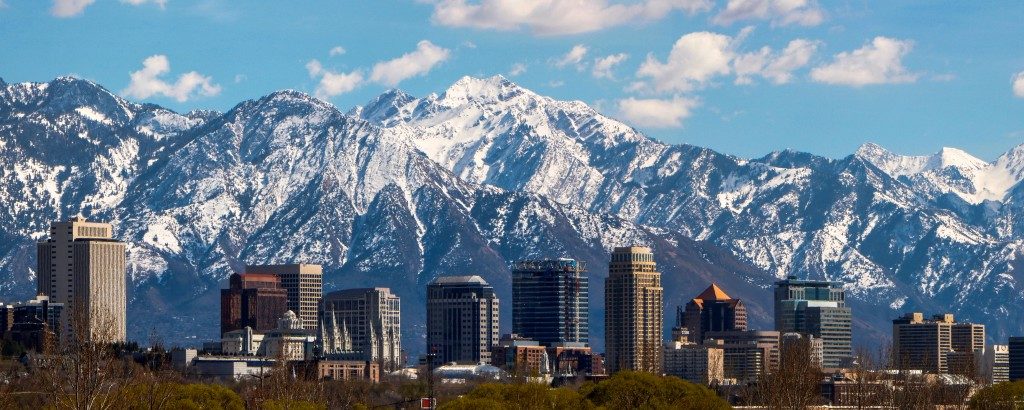Utah has long struggled with high levels of air pollution. As the state’s urban core becomes more crowded, the number of cars on the road increases as well. The combined statistical area of Salt Lake City-Provo-Orem ranked eighth in the top 10 most polluted U.S. cities by short-term particle pollution.
Since the coronavirus started spreading quickly in the country, Utah Governor Gary R. Herbert declared a state of emergency, establishing guidelines for a state-wide community quarantine.
How does it affect Utah’s air quality?
Air Quality During Coronavirus Lockdown
The lockdown has every Utahn confined to their homes, slowing down the rate of transmission. With fewer people going outside, the number of vehicles on the road decreased as well. Many factories have also stopped their operations indefinitely.
These quarantine measures are expected to impact the state’s air quality index positively, just like in other parts of the world. Italy and China, for example, have seen significant reductions in particulate matter in their air. The fact that the trend occurred in a short time and in various locations across the globe means that it can only be attributed to coronavirus quarantine measures.
In Utah, the environment does seem cleaner to the naked eye. However, experts at the Utah Division of Air Quality say there’s no significant difference in the air quality index this year compared to last year. The state historically has generally cleaner air during March because this is when inversion season ends.
What’s Inversion Season?
Inversion occurs during winter months. It’s a condition in the atmosphere wherein cold air becomes trapped under a layer of warm air. This warm layer acts as a lid, collecting more and more air pollutants and keeping them in the atmosphere.
Strong storm systems, which usually come around March, displace the warm inversion air, restoring the air quality to a healthy level.
It’s fortunate that Utah has a fair air quality amid the coronavirus pandemic. According to the Utah Physicians for a Healthy Environment (UPHE), the impact of extreme air pollution on public health may heighten coronavirus mortality rates.
Coronavirus and Air Pollution

A high amount of air pollutants can cause respiratory problems when inhaled, including asthma attacks, shortness of breath, and even lung cancer.
UPHE says that poor air’s damaging effects on the lungs can increase the risk of coronavirus since most deaths are due to pneumonia. Victims of the virus who already have existing lung problems due to air pollution are more susceptible to respiratory failure.
Due to high levels of air pollution, using a home air purifier system in Draper, Ogden, West Jordan, and other cities near the Wasatch Front is highly recommended. The U.S. Environmental Protection Agency says these filters effectively reduce indoor air pollutants while improving ventilation.
Climate experts say it may take a while before the environmental benefits of the coronavirus quarantine become visible in Utah, so a more in-depth analysis is necessary. This phenomenon presents an advantageous research opportunity for the state, giving the local government a chance to improve climate models.




